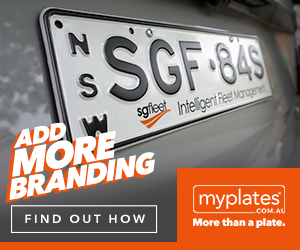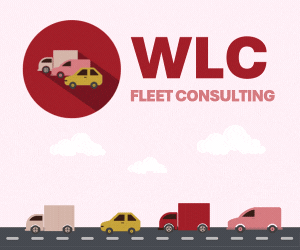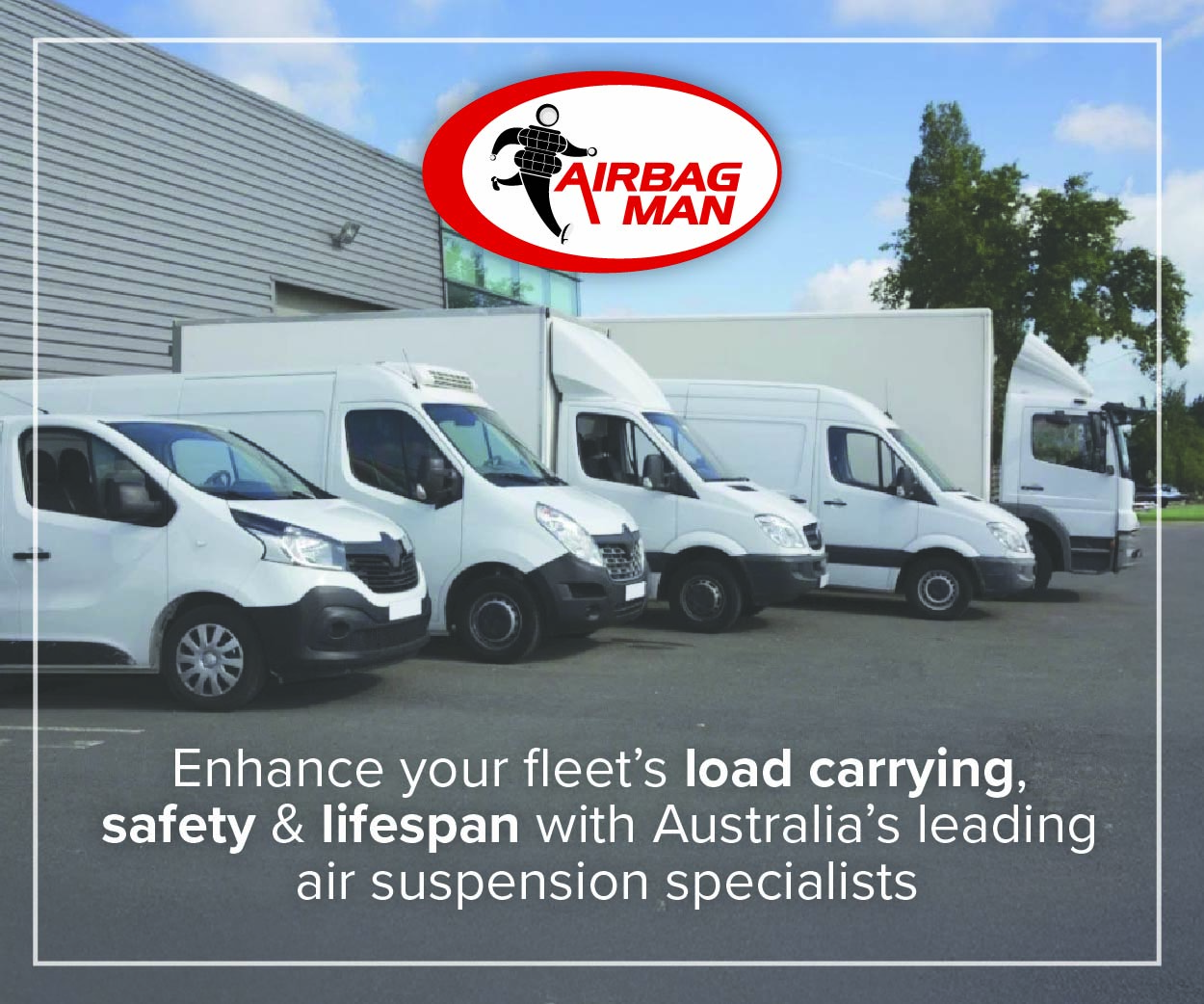Collective speeding fine revenue in Australia currently tops $1.1 billion annually, but new vehicle technology may be helping to solve the problem.
From a fleet perspective, speeding fines are an ongoing cost that can affect both your organisation’s bottom line and more importantly the safety of your drivers.
Victoria sits at the top of the charts for speed camera revenues. Fines from fixed and mobile traffic cameras topped $363.15 million in the state, as shown in the 2015-2016 Department of Justice and Regulation Annual Report. When combined with an additional $136.55 million of police-issued ‘on-the-spot’ fines for speeding and other offences, it combines for a staggering $499.7 million leaving the pockets of Victorian motorists every year.
And the data shows that New South Wales isn’t far behind. Statistics from Revenue NSW show 2016-2017 revenues from speed and red-light cameras at around $193.92 million, and police-issued speeding fines at about $80.86 million– a total of $274.78 million.
Top 5 states and territories:
- Victoria – $499.70 million
- New South Wales – $274.78 million.
- Queensland – $226 million
- South Australia – $174 million
- Western Australia – $97 million
Total Australian annual fine revenue: Over $1.1. billion
Speed Limiters to the rescue
To combat such issues, car manufacturers are looking towards new driver assist technologies (DATs) to help drivers avoid accidentally or intentionally speeding while on the road.
So far all major dealers are adding Adjustable Speed Limiter Devices (ASLD) to their high-end vehicles, with the technology expected to filter down to the consumer market in coming years.
The ASLDs act to maintain a preset maximum speed by overriding the accelerator unless it is pressed heavily by the driver.
On a 100km/h freeway for example, the driver wouldn’t be able to go above that limit but could still brake and accelerate as much as required below that 100km/h threshold. The limiter itself can always be overridden by the driver through a heavier than usual push of the accelerator.
In many ways, the technology acts as a reverse solution to cruise control, which allows drivers to accelerate above and beyond a preset minimum speed and then brake to disable it.
Ford Australia President and CEO Graeme Whickman said the technology would further ensure motorists practise “safe driving habits”.
“Drivers should always be alert to changing conditions on the roads and always drive within the posted speed limits,” he said.
“But we also recognise that drivers who might otherwise intend to adhere to the posted speeds can become distracted and either creep up in speed or simply follow the car in front and end up speeding without realising.
“Technologies such as adaptive cruise control and Ford’s speed limiter can help in these situations,” Whickman added.
Purchasing vehicles that contain limiter devices as standard may be a practical solution to ongoing fines among your fleet. Paramount to any advancement, however, is the continuous training of your drivers to ensure fleet vehicles are being used effectively.











